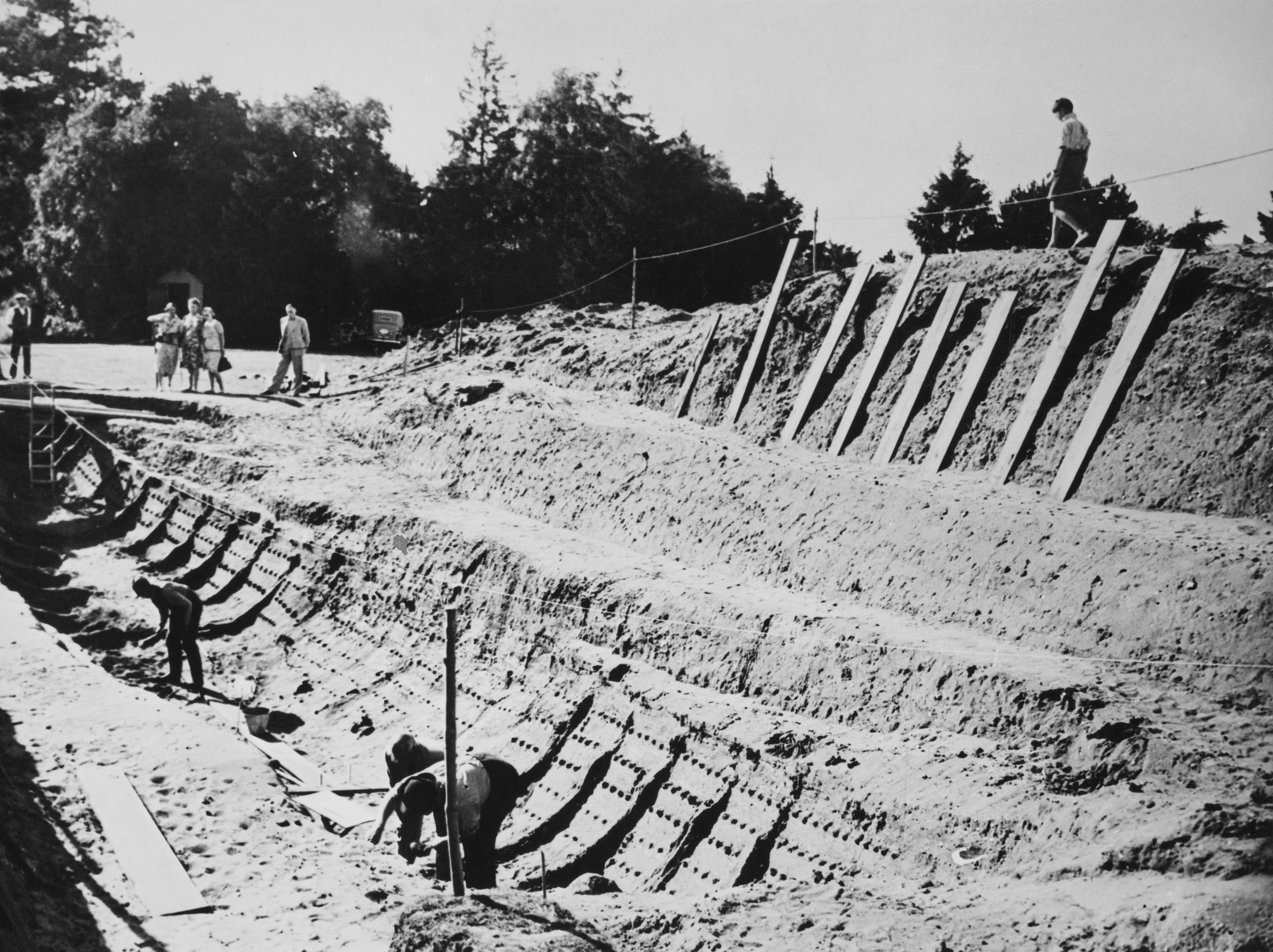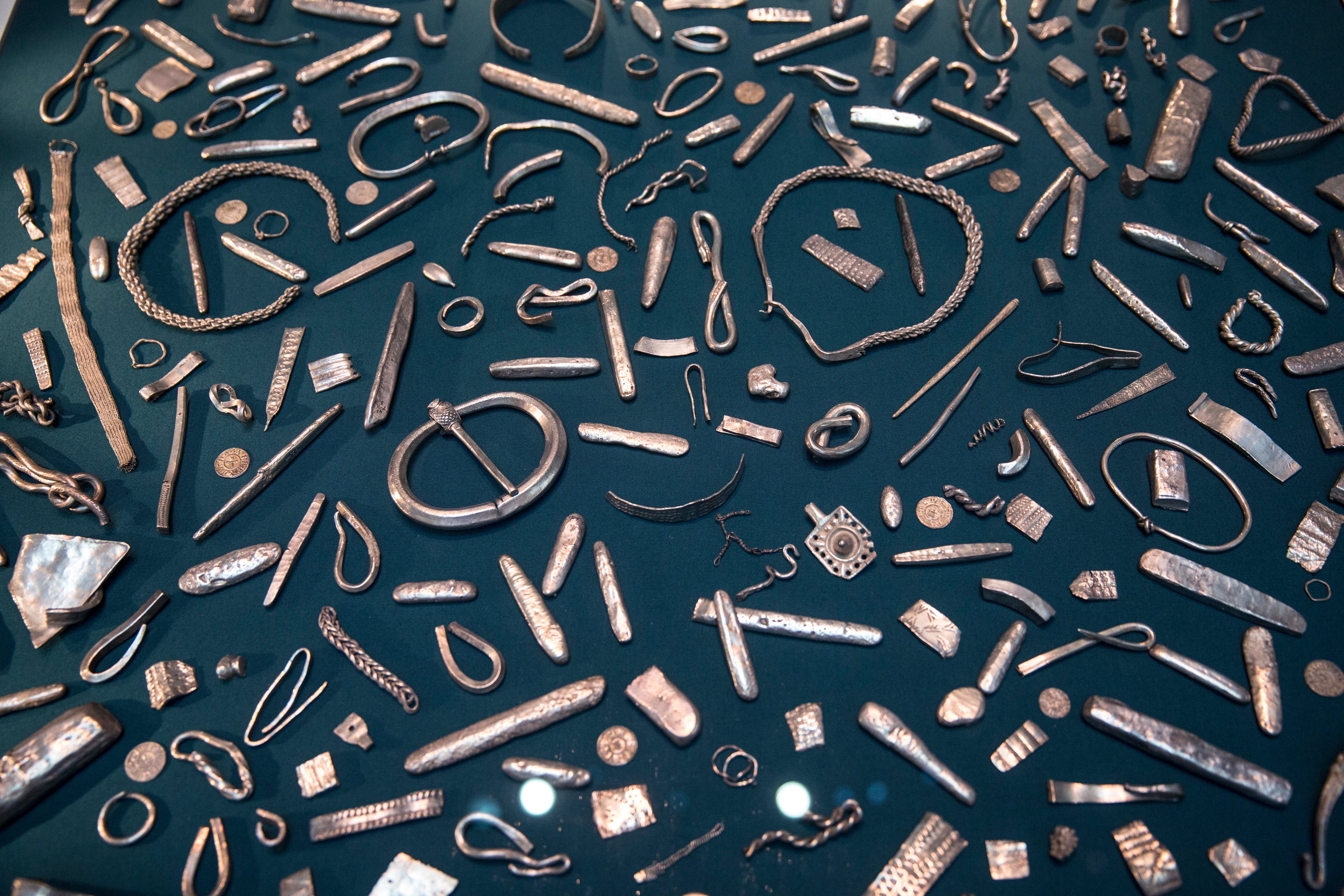
For decades, it was thought those interred at the Anglo-Saxon burial mounds of Sutton Hoo, Suffolk, were lavish Kings buried with their riches.
But a leading Anglo-Saxon expert has now suggested it might have been the grave of British soldiers who fought for the Byzantine Empire in the 6th century AD.
The site was unearthed in the late 1930s, including a 27-metre oak burial ship, alongside Byzantium silverware and luxurious textiles.
“We always want these people to be kings,” medieval history professor Dr Helen Dittos, of the University of Oxford, told The Times.
“But this is another example of how you might have received considerable honours in your burial, but it doesn’t mean that you’re royal,” she said.

“We should be willing to consider that these weren’t men dressed up as Roman soldiers,” Dr Gittos said. “They were Roman soldiers.”
In 575, the Byzantines were in desperate need of men as they fought against the Sasanian Empire of Persia - launching a recruitment drive throughout Europe. A group called the foederati was formed - including men from both sides of the Alps including Franks and Burgundians.
A Byzantine military manual referred to Britons as being good fighters in woodland, and there is evidence that then-Emperor Justinian was paying subsidies in Britain. So there is a chance the recruiting drive could have spread further north.
“That kind of adventuring can enable changes in status quite rapidly,” Dr Gittos said, suggesting that the honour gained in war could have brought rewards back home. “In Beowulf, that’s what happens. He gains his status from being such a warrior.”

Dr Gittos’ research, published in the journal the English Historical Review, looks not just at the burials at Sutton Hoo but at other notable sites, all of which contain common characteristics, like a large amount of items from areas around what is now Syria.
Other research has suggested Sutton Hoo could be the resting place of an Anglo-Saxon King, potentially Raedwald, who ruled the kingdom of East Anglia.
Sue Brunning, Curator of Early Medieval European Collections, at the British Museum, said: “It’s [the] effort, coupled with the quality and the quantity of the grave goods from all over the known world at that time, that has made people think that an Anglo-Saxon king may have been buried here.
“We can’t name that king for certain, but a popular candidate is Raedwald, who ruled the kingdom of East Anglia around this time in the early seventh century. He may have held power over neighbouring kingdoms too, which may have earned him a good send off.”







